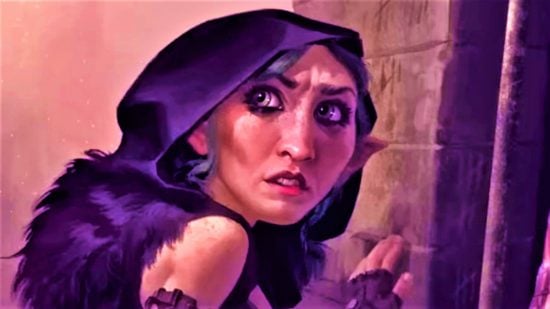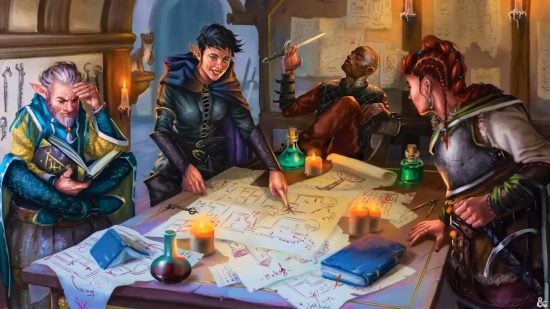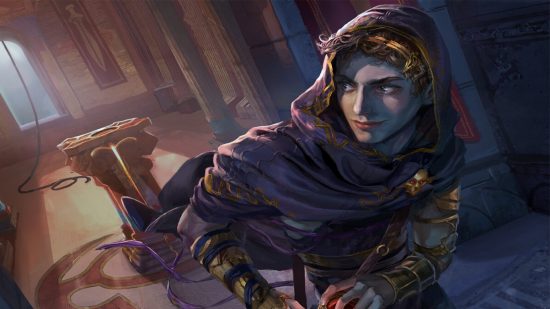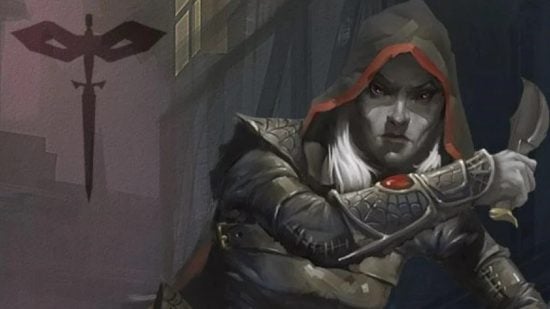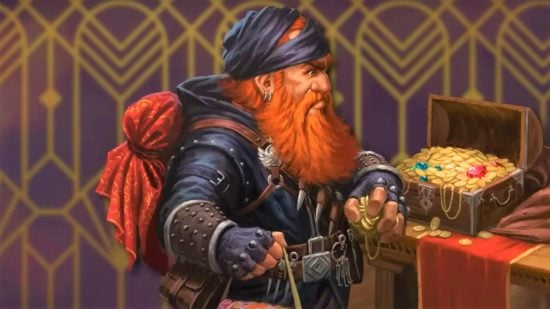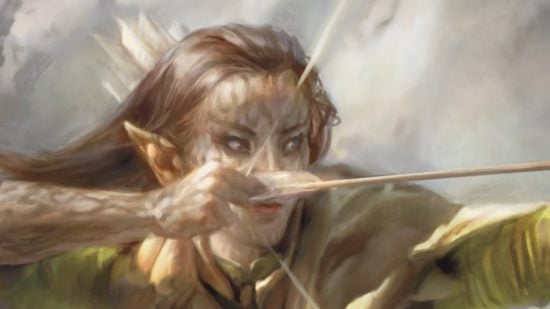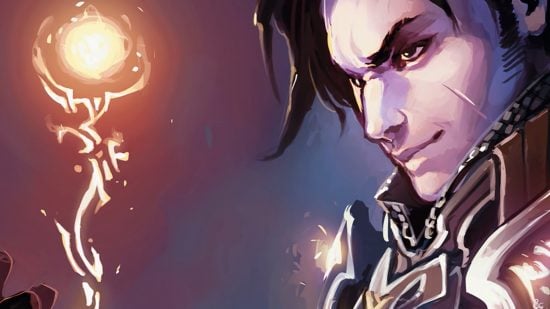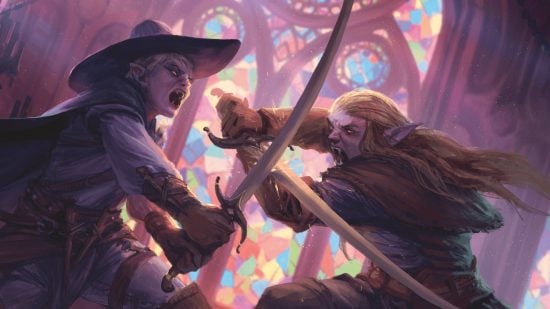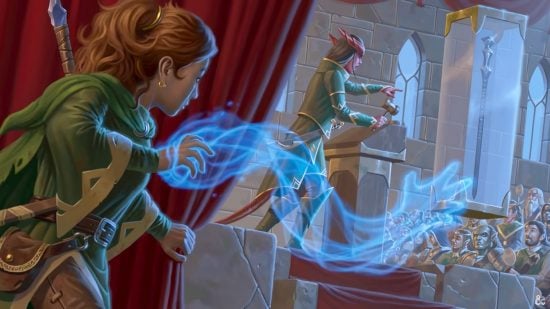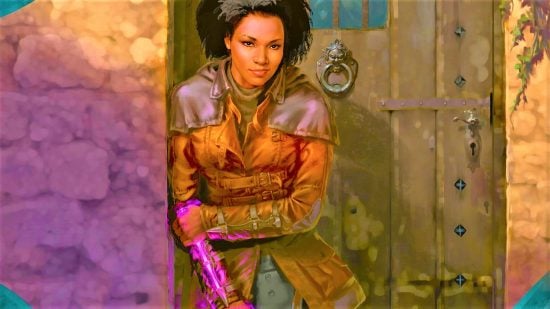Having trouble choosing between the different DnD Rogue subclasses? It’s understandable – the Rogue has their cunning fingers in many pies and can be played in any number of interesting ways. The Rogue subclasses 5e offers are hugely varied in style, complexity, and power levels. But worry not – we’ve snuck plenty of advice into the guide below.
If you’re after a ranking of the DnD Rogue subclasses, you’ve come to the right place. We at Wargamer have played many DnD classes in our time, and this isn’t our first ranking rodeo (ask us about the best DnD Barbarian subclasses and Fighter subclasses 5e). Read on for a tiered list to help with your next DnD character build.
From worst to best, these are the top DnD Rogue subclasses:
Mastermind 5e
In a campaign that revolves around social intrigue, the Mastermind 5e subclass can be a useful choice. It offers proficiencies and abilities that ensure you can lie, disguise, and manipulate opponents without breaking a sweat. However, it’s largely designed for this one specific type of adventure – outside of that scenario, the Mastermind doesn’t have much to offer.
Master of Tactics is by far the subclass’ strongest feature, allowing you to Help allies with a bonus action. A careful player can create some strong turns in combat with a bit of brain power, but the Mastermind doesn’t offer much to work with in a fight.
Overall, its subclass features are lackluster (and many of its DnD skills and proficiencies can be picked up with other character creation options, anyway). A Mastermind can be fun to play in the perfect situation, but many Rogues get by just fine without its tools for tactics and manipulation.
Inquisitive 5e
The Inquisitive 5e subclass is ranked low for many of the same reasons as the Mastermind. It’s another highly situational class with minimal combat utility and unimpressive features when compared with other Rogue options.
The Inquisitive is designed to be the world’s most effective detective. You’re highly effective when using the Wisdom, Insight, and Investigation skills, and your party will rely on you to spot clues, lies, and illusions whenever they appear. In an investigation and intrigue heavy campaign, it’s not a bad subclass to have around.
If you’re in any other kind of scenario (including combat), this can feel a little disappointing to play. Its single combat buff comes at a much later level, and even then it requires a very specific setup. Plus, most of your prized skills are Wisdom-based, which doesn’t gel well with the standard Rogue character build.
Assassin 5e
If you want to play a Rogue because you love stealth missions and surprise attacks, then the Assassin 5e subclass is a solid choice. There’s a balanced mix of abilities that give you plenty of perks in and out of combat. Plus, it’s a fairly easy subclass to get to grips with and it’s available in the Player’s Handbook, so it’s also a strong choice for beginner D&D players.
The main issue with the Assassin is that most of its (admittedly pretty powerful) abilities require a lot of setup to pay off. Its Assassinate and Death Strike features both rely on an opponent being surprised, which happens less in D&D 5e than you might think.
Thief 5e
A Thief 5e character is most at home in a traditional dungeon crawl, but they can make useful and interesting party members in most adventuring scenarios. They’re experts at disarming traps, picking locks, sneaking about, and thinking of cunning solutions to dastardly problems. This is the Rogue in its most archetypal form.
The main downside of the Thief is that it’s another underwhelming combat choice. Thief’s Reflexes can be a game-changer in fights, but you’ll need to be particularly high level to access the feature at all. Still, if you’re not interested in combat power, this is one of the better Rogue choices available.
Scout 5e
With doubled proficiency for Nature and Survival and plenty of reasons to choose ranged combat, the Scout 5e subclass can feel less like a Rogue and more like a Ranger. However, if the flavor doesn’t phase you, there’s plenty of reasons to play a Scout. They’re beginner-friendly and offer plenty of special features for combat scenarios.
A Scout is speedy and nimble during a fight, able to zip across the battlefield. And at higher levels, they can really dole out the damage. Scouts can make Sneak Attacks as a bonus action, and their Ambush Master feature lets everyone in the party deal extra damage to a creature in the first round of combat. It’s not the most interesting class if you like careful, complex character builds, but it definitely does the job.
Phantom 5e
The Phantom 5e subclass is perhaps the most unique Rogue option. It gives you the power to commune with the dead, which has surprising benefits in and out of combat. You can change your proficiencies on the regular, boost your Sneak Attack damage, hover in ghostly form, and even interrogate the dead.
Phantoms don’t start to feel really powerful until you’re some way into a DnD campaign, but they offer a lot of versatility. And, if you’re playing a spooky campaign, they’ll fit in perfectly.
Swashbuckler 5e
If you want to put the ‘Rogue’ in ‘Roguish charm’, you should play a Swashbuckler. If you want reliable combat damage, you should try the Swashbuckler. And if you really want to play a pirate, you should pick the Swashbuckler 5e subclass.
The Swashbuckler prioritizes both Charisma and Dexterity, allowing your gift of the gab to improve your fighting skills and your chances at persuasion. Early on, you also get a feature which makes dealing Sneak Attack damage possible even without an ally nearby. At low levels at least, this is one of the most effective Rogues there is.
You can learn more in our full Swashbuckler 5e subclass guide.
Arcane Trickster 5e
The Arcane Trickster 5e subclass gives you limited access to the DnD Wizard spell list, allowing you to combine magic with your regular Rogue-ing skills. This makes it one of the more complex subclasses to wrap your head around, but it also means this is one of the most powerful character options going.
As well as spellcasting, the Arcane Trickster gets a whole host of useful subclass features. Mage Hand can be used for complex infiltration, and it can even assist with Sneak Attack setup in battle. Level up enough, and you can even literally steal magic from others. Choose the right 5e spells, and you can magically enhance pretty much any typical Rogue activity.
Read more about this subclass in our Arcane Trickster 5e guide.
Soulknife 5e
The Soulknife 5e subclass uses psionic powers to improve their skills in a range of scenarios. You can summon psychic blades that become increasingly more powerful. Telepathy, teleportation, invisibility, and more consistent rolls are all at your fingertips. Whether you’re in all-out combat, infiltration mode, or any regular skill check, this is a subclass with legs.
Yes, it doesn’t feel much like a traditional Rogue. And yes, managing an extra resource (the Psionic Energy dice you spend on your subclass features) adds a layer of complexity. But the trade-off is a subclass that is silly fun to play.
Need more help with DnD character creation? Here’s everything you need to know about DnD races, DnD backgrounds, and 5e feats.
